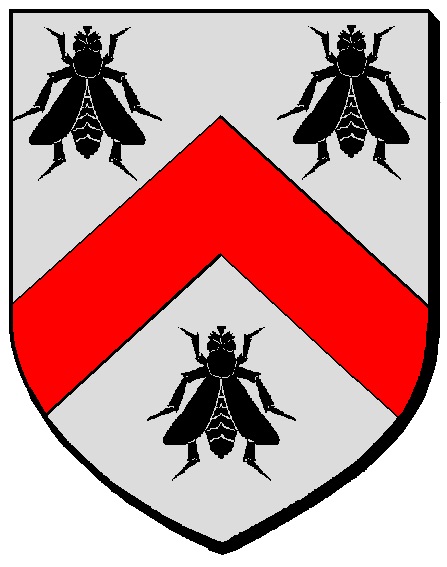
Sentiers du Patrimoine ®
Haute-Isle
Remonter la route jusqu’à la fontaine-abreuvoir.
Prochain point : lat="49.0844626368027" lon="1.65376038872352"

The writer Nicolas Boileau (1636-1711) visited his nephew Nicolas Dongois, Lord of Hautisle and Chantemesle, advisor and secretary to the King, in the estate that once belonged to the lords of La Roche-Guyon. It was there that Boileau wrote his Epistle to Lamoignon (1677): “The Seine, at the foot of the mountains it washes clean... From the depths of these waters, twenty islands are seen... The village above is an amphitheatre.... The lord's dwelling, more ornate than them all, stands above its encircling wall...”
The estate was purchased in 1740 by Duke Alexandre de La Rochefoucauld. His daughter rejoined its fields and developed experimental plantations, in line with the project to beautify La Roche-Guyon. The 1771 archives describe the estate as a “Stately home consisting of two main buildings, a chapel, of which part is carved into the rock... a park above, a pavilion within it, surrounding walls, water reservoir, pathways...”. In 1771, in front of the Académie des Sciences Antoine de Lavoisier presented the results of his visit to Haute-Isle and the experiments carried out on salpetre (potassium nitrate) extracted from the chateau's boves.
The two pavilions with Mansard roofs, the old orangery (pink coating), and the old reading room (straw coating) date from the beginning of the 17th century. During the 19th and 20th centuries, the estate would be used as farm land. Today it is once again a rural pleasure estate.


